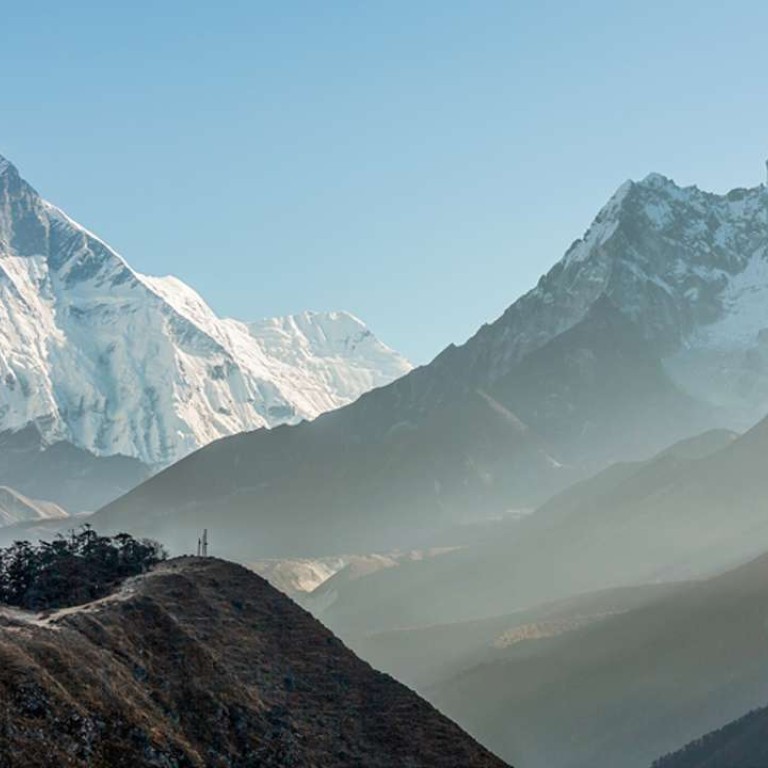
Book review: White Crane, Lend Me Your Wings – soaring tale of two Tibetan invasions
Posthumously published novel in English blends the exotic and erotic to tell a story of two invasions: by Californian Christians on a mission to convert Tibet, and by Chinese troops

by Tsewang Yishey Pemba
Niyogi Books
3.5/5 stars
Novels about Tibet are rare, one in English by a Tibetan even rarer. For most readers, Tibetan titles tend to be non-fiction books focusing on Buddhism and meditation, and occasional memoirs of old Tibet. So Tsewang Yishey Pemba’s posthumous novel, White Crane, Lend Me Your Wings, published in February in India, marks an important milestone for Tibetan writing.
Pemba, a Western-trained surgeon who died in 2012, has several books to his name, including an earlier novel published in London in the 1960s when he was a medical student there. That novel, Idols on the Path, is considered the first in English by a Tibetan.
The biggest dilemma facing most writers about Tibet, whether historians or novelists, is to find new ways to communicate the trauma of the defining moment in contemporary Tibetan history. Pemba addresses this conundrum by locating a new and as-yet-untold aspect of Tibetan history: the presence of Christian missionaries and their little-known peccadilloes in the Himalayas.
This also gives him the licence to render Tibetan-set dialogue into perfect English. This novel tells of two invasions of Tibet, the first by missionaries from California who try to convert and proselytise the Tibetans, efforts which fail spectacularly when they don’t convince the battle-hardened Khampa warriors to give up Buddhism or their dharma in favour of the teachings of Christ; the second is the better-known one by Chinese troops, opposed here by the some of these same missionaries as well as, of course, by the Tibetans.

Merging two storylines into one seamless narrative is always a challenge and the results here are mixed, with some Western characters failing to quite come alive at times. Some of the key protagonists in the novel are offspring of missionaries, such as Paul, who fights against the Chinese army, marries a Tibetan, and “thinks like a Tibetan”, speaks English only haltingly, and when offered cigars by the American diplomats after reaching Calcutta, “smokes them like cigarettes”.
But that is a small distraction for a story that is so richly detailed, and that features the author’s deep knowledge of Tibetan culture, religion, costume, cuisine and multiple dialects, all of which brings to life the people of that era and, of course, the famously awe-inspiring landscape. The fighting scenes are particularly vivid: the body language, swagger and gallantry of the Khampa warriors, as well as the Chinese, all wonderfully described.
The novel has as much exotica as erotica, the latter, as one might expect from a doctor, rendered in ethnographic detail, breaking all stereotypes of Buddhist puritanism. And the description of the Shanghai bathhouse decadence of the Kuomintang era must rank among the best there is.
The author’s knowledge of Tibetan culture and penetrating insights derive from his work as a physician working in the western Himalayas (a career in service of his people that was noted in The Times and Telegraph in London when he died.)
The book’s title, which is borrowed from a famous song by the Sixth Dalai Lama, has particular resonance for Tibetans: it can be interpreted as a heartfelt plea by Tibetans to return home just as homesick Tibetan children in the colonial-era boarding schools in Indian hill stations (Pemba among them) would long to go back to their parents behind the snow-capped Himalayas.
Anyone following the global refugee crisis should find considerable contemporary relevance in the novel. Pemba traces, in fewer than 350 pages, the displacement of Tibetans from the beautiful towns of pre-occupation Tibet to the streets of Kalimpong, Rajasthan and Calcutta.
Given the number of Tibetans who have found a second home in India, the birthplace of Buddhism, it is not an accident that this fascinating historical novel is published there. Tibetan literary writers find it hard to get published anywhere; Tibetan literature in English is relatively unmapped territory. The publication of White Crane, Lend Me Your Wings will hopefully encourage more Tibetan stories to be told in print.
Asian Review of Books
